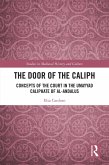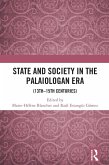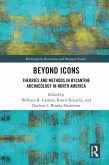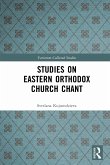Sources elaborate a specific terminology for medieval Muslim court societies. In the specific case of the Umayyad Caliphate of al-Andalus, the court is usually articulated as Bab Suddat al-Khalifa ("The door of the Sudda of the caliph") - a reference to the symbology of the main city gate of Cordoba - or simply as Bab. Bab Suddat al-Khalifa became the most emblematic concept to name the Umayyad palace and its society, which will be additionally interpreted in the framework of the performance of ceremonial. The strong conceptualization of the Umayyad court of Cordoba was highlighted through the articulation of ceremonial, as the mis-en-scène of the conceptualization, expressed by gestures, insignia and hierarchies.
The preliminary comparative perspective with the Umayyad Caliphate of Damascus, the 'Abbasid and Fatimid Caliphates and the Byzantine Empire further discusses the Umayyad Andalusi model in relation to other dynasties. While this book focuses on the Umayyad conceptualization and articulation of ceremonial, this model will be discussed within the Mediterranean and Eastern framework of the 10th and 11th centuries, which broadens the interest of the book to other fields of research.
Dieser Download kann aus rechtlichen Gründen nur mit Rechnungsadresse in A, B, BG, CY, CZ, D, DK, EW, E, FIN, F, GR, HR, H, IRL, I, LT, L, LR, M, NL, PL, P, R, S, SLO, SK ausgeliefert werden.









